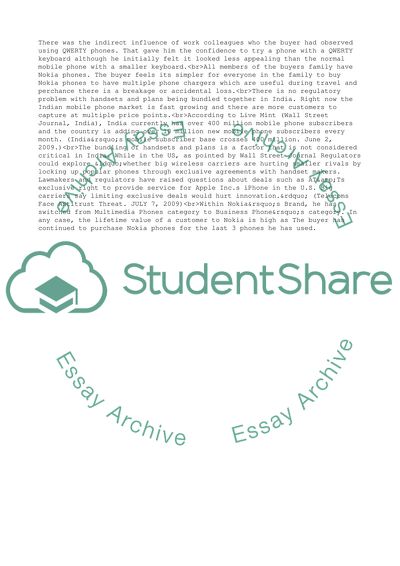Cite this document
(The Mobile Phone Buyer Case Study Example | Topics and Well Written Essays - 2500 words, n.d.)
The Mobile Phone Buyer Case Study Example | Topics and Well Written Essays - 2500 words. Retrieved from https://studentshare.org/business/1729855-marketing-project
The Mobile Phone Buyer Case Study Example | Topics and Well Written Essays - 2500 words. Retrieved from https://studentshare.org/business/1729855-marketing-project
(The Mobile Phone Buyer Case Study Example | Topics and Well Written Essays - 2500 Words)
The Mobile Phone Buyer Case Study Example | Topics and Well Written Essays - 2500 Words. https://studentshare.org/business/1729855-marketing-project.
The Mobile Phone Buyer Case Study Example | Topics and Well Written Essays - 2500 Words. https://studentshare.org/business/1729855-marketing-project.
“The Mobile Phone Buyer Case Study Example | Topics and Well Written Essays - 2500 Words”, n.d. https://studentshare.org/business/1729855-marketing-project.


